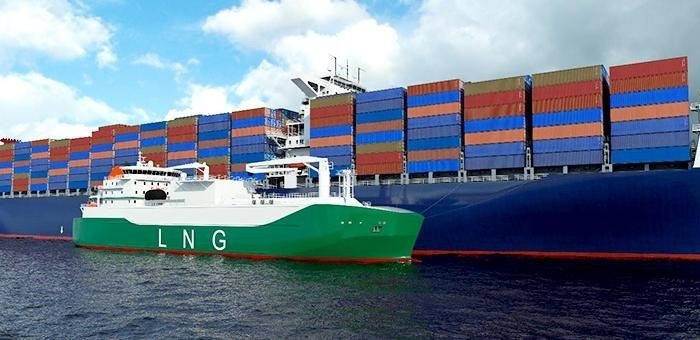MOL announced a plan to issue ‘Sustainability Bonds’ through a public offering in Japan’s domestic market in July this year. It also announced the acquisition of a preliminary evaluation from a third-party institute.
Sustainability bonds are used to finance and refinance green projects, which protect and improve the environment, and social projects. In the management plan “Rolling Plan 2019,” MOL’s goals contain:
- ‘Develop environment and emission-free businesses into core businesses’ which continues from “Rolling Plan 2018”;
- ‘Promote initiatives for United Nation’s Sustainable Development Goals (SDGs).’
To adopt a wider understanding of MOL’s proactive initiatives on the environment among various stakeholders, the bonds aim at both institutional and individual investors. This is the first time a company in Japan has issued sustainability bonds aimed at individual investors.
The funds will be mainly used for the following reasons:
Establishment of maritime academy in the Philippines
In August 2018, MOL jointly opened MOL Magsaysay Maritime Academy Inc. in the Philippines with a local partner. The facility is complete and operating, providing training that enables students to begin work immediately, due to a layout of practice facilities that closely replicates the actual ships the students will serve aboard. MOL recruits and trains competent seafarers through the operation of the academy, with the aim of “becoming the world leader in safe operation.”
Promotion of workstyle reforms
The objectives of the ‘Workplace Reforms Project’ are to establish ‘MOL’s unique workplace’ and ‘realization of diverse styles of work’ at group companies in order to promote new, creative ideas and initiatives.
[smlsubform prepend=”GET THE SAFETY4SEA IN YOUR INBOX!” showname=false emailtxt=”” emailholder=”Enter your email address” showsubmit=true submittxt=”Submit” jsthanks=false thankyou=”Thank you for subscribing to our mailing list”]
The project aspires to change employees’ consciousness and approach to work itself by achieving workplace reforms along with new personnel systems and advanced information and communication technology (ICT) tools. Space on the fifth floor of MOL’s Head Office building was remodeled as a pilot office to measure the effect of workplace reforms focused at creating the workplace the company hopes to achieve.
Ballast water treatment system
Ballast water treatment systems protect marine biodiversity by reducing the transboundary movement of microbes and bacteria that are include in ballast water, which is loaded to provide additional weight to stabilize the hull of a ship. MOL established a policy to retrofit its ships with ballast water treatment systems in 2014, ahead of the issuance of the Ballast Water Management Convention in September 2017. As of April 2019, 142 MOL Group-owned vessels incorporate ballast water treatment systems.
Scrubbers
This system reduces air pollution by removing SOx from vessel engine exhaust, while they meet IMO regulations regarding the concentration of sulphur content in bunker oil.
LNG-fueled vessels
These vessels use LNG instead of heavy fuel oil. LNG virtually eliminates SOx emissions, in comparison to heavy fuel oil, and also leads to lower emissions of NOx and CO2.
LNG fuel bunkering vessel
This type of vessel supplies LNG-fueled vessels. In February 2018, MOL signed a long-term charter contract for the world’s largest LNG bunkering vessel. It will supply LNG to LNG-fueled mega container ships in Northern Europe from 2020. In addition, during February 2019, MOL and Singapore’s state energy company signed a long-term charter contract for an LNG bunkering vessel.
New type of PBCF
The PBCF system limits fuel consumption by enhancing the efficiency of ships’ propellers, which then reduces exhaust emissions. It can also boost fuel efficiency by about 5% compared to a similar vessel not equipped with a PBCF.
The new type of PBCF was jointly developed by MOL, Akishima Laboratories (Mitsui Zosen) Inc., and MOL Techno-Trade, Ltd. MOL Techno-Trade has began sales of this upgraded version of the PBCF, which aspires to offer greater energy-saving effects. 3,300 ships worldwide are equipped with the PBCF.
Wind Challenger Plan
Finally, MOL takes part in the Wind Challenger Plan, which is a joint industry-academia research project led by Tokyo University, launched in 2009. The project focuses on using advanced sails to provide propulsion for merchant ships.
It aims to reduce vessels’ fuel consumption and CO2 emissions by enhancing the use of wind power. The research and verification test phase was completed in September 2017, and the demonstration test and commercialization phase started in October of that year. MOL will choose a ship to equip with sails within fiscal 2019, aiming to begin operation in 2022.






























































